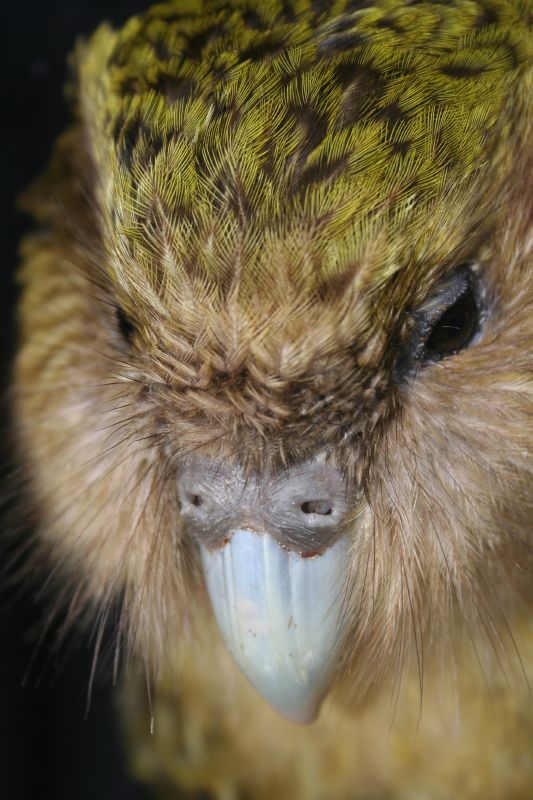Facts About Kakapo
The kakapo, also known as the owl parrot, is a truly unique bird native to New Zealand. This large, flightless, and nocturnal parrot stands out not only as the heaviest parrot in the world but also as one of the longest-living bird species. Its distinctive attributes are the result of evolving on islands with few natural predators, leading to its inability to fly, a robust physique, and specialized dietary habits.
Historically, the kakapo held significant cultural importance for the Māori. It was hunted for its meat, which was considered a delicacy, and its feathers, which were used to craft cloaks and capes. Unfortunately, hunting, coupled with the introduction of predators such as cats, rats, and stoats, pushed the kakapo to the brink of extinction.
In response to this crisis, the Kakapo Recovery Programme was launched in 1995. This initiative has prioritized the protection of the remaining 210 kakapos by relocating them to predator-free islands. Conservation efforts include supplementary feeding, meticulous nest management, monitoring via radio transmitters, and reintroducing them into suitable habitats. Thanks to these dedicated efforts, the kakapo population is gradually increasing, with improved breeding success.
Beyond conservation work, the kakapo has been featured in various media productions, raising awareness about this extraordinary bird and its plight. Despite its endangered status, the kakapo's story is one of hope and resilience, demonstrating the powerful impact that committed conservation efforts can have on preserving our planet's biodiversity.
